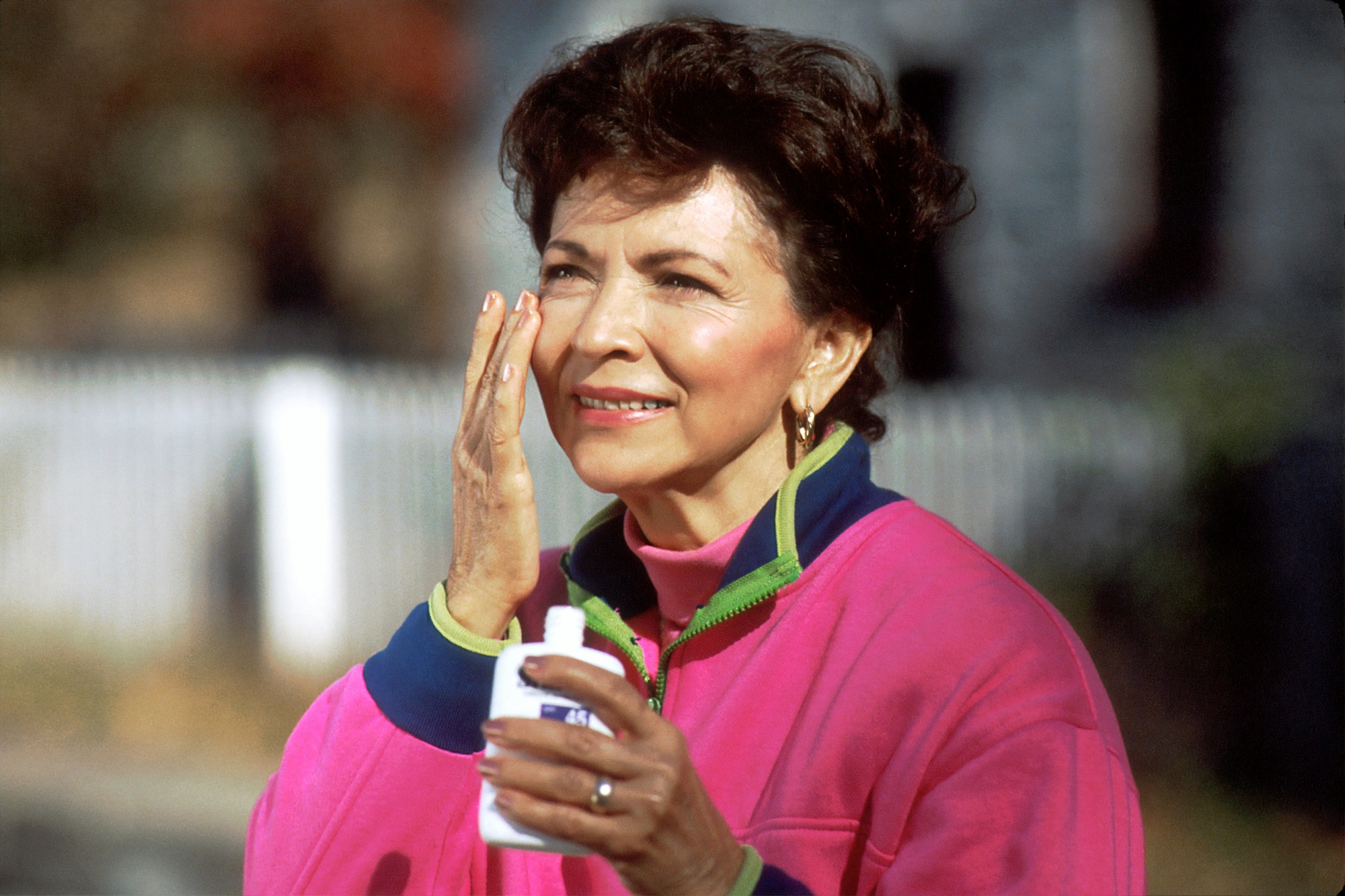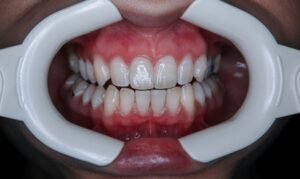When it comes to outdoor activities, using the right sunscreen is essential to protect your skin from harmful UV rays, prevent sunburns, and reduce the risk of skin cancer. However, not all sunscreens are created equal, and some contain ingredients that can be harmful to both your health and the environment. Choosing a safe sunscreen involves finding products that provide broad-spectrum protection, are free from toxic chemicals, and are suitable for outdoor activities, whether it’s hiking, swimming, or playing sports.
This article will explore the safest sunscreens to use during outdoor activities, highlighting key ingredients to look for, what to avoid, and recommendations for various outdoor settings.
Understanding Sunscreen: The Basics
Before diving into the safest options, it’s important to understand the types of sunscreen available and the key factors to consider when choosing a sunscreen for outdoor activities.
1. Physical (Mineral) vs. Chemical Sunscreens
There are two main types of sunscreen: physical (also known as mineral sunscreens) and chemical sunscreens.
- Physical sunscreens: These contain zinc oxide or titanium dioxide as active ingredients. They sit on top of the skin and reflect UV rays, providing a physical barrier that prevents the rays from penetrating the skin.
- Pros: These sunscreens are generally considered safer for sensitive skin and provide immediate protection upon application.
- Cons: They can sometimes leave a white cast on the skin, although newer formulations have improved this issue.
- Chemical sunscreens: These contain organic compounds such as oxybenzone, avobenzone, or octinoxate. They work by absorbing UV rays and converting them into heat, which is then released from the skin.
- Pros: Chemical sunscreens tend to be lightweight and easier to spread on the skin, making them more suitable for everyday use or activities that involve a lot of movement.
- Cons: Many chemical sunscreens contain ingredients that can be harmful to coral reefs, the environment, and possibly to human health. Some chemical filters, like oxybenzone, have been linked to hormone disruption and allergic reactions.
2. Broad-Spectrum Protection
When selecting a sunscreen, it is important to choose one labeled as providing broad-spectrum protection. This means that the sunscreen protects against both UVA and UVB rays:
- UVA rays: These penetrate deep into the skin and are primarily responsible for premature aging, wrinkles, and sun-induced skin damage.
- UVB rays: These are the main cause of sunburn and play a significant role in the development of skin cancer.
A broad-spectrum sunscreen protects against both types of rays, reducing the risk of sunburn, skin damage, and skin cancer.
3. SPF (Sun Protection Factor)
SPF is a measure of how well a sunscreen protects the skin from UVB rays. For outdoor activities, a sunscreen with an SPF of 30 or higher is generally recommended:
- SPF 30: Blocks approximately 97% of UVB rays.
- SPF 50: Blocks approximately 98% of UVB rays.
It’s important to note that no sunscreen blocks 100% of UV rays, and higher SPF numbers provide only marginally better protection. Reapplication every two hours or after sweating, swimming, or towel drying is crucial, regardless of SPF.
Ingredients to Avoid
When looking for the safest sunscreens for outdoor activities, it’s essential to avoid certain harmful ingredients commonly found in chemical sunscreens:
- Oxybenzone: A common UV filter in chemical sunscreens, oxybenzone has been linked to hormone disruption and allergic reactions. It is also a major environmental concern as it contributes to coral bleaching and is harmful to marine life.
- Octinoxate: This ingredient is often paired with oxybenzone and is also harmful to coral reefs and marine ecosystems. It can cause hormonal disturbances in humans.
- Parabens: Used as preservatives in some sunscreens, parabens can cause skin irritation and have been linked to endocrine disruption.
- Retinyl Palmitate (Vitamin A): While Vitamin A is beneficial for the skin in some contexts, studies suggest that when used in sunscreens, it may accelerate the development of skin tumors and lesions when exposed to sunlight.
By avoiding these ingredients, you can choose a sunscreen that is safer for both you and the environment.
Safest Sunscreens for Outdoor Activities
Based on safety, effectiveness, and environmental impact, here are some of the safest sunscreens to use during outdoor activities, categorized by different types of activities and settings.
1. Best Sunscreen for Hiking and Mountain Activities
When hiking or engaging in activities at higher altitudes, you are exposed to stronger UV rays due to the thinner atmosphere. Additionally, sweating and prolonged exposure to the elements mean that you need a sunscreen that provides long-lasting protection.
Recommended Product: Badger SPF 30 Clear Zinc Sunscreen Cream
- Type: Physical (mineral) sunscreen
- Active Ingredient: 18.75% non-nano zinc oxide
- Key Benefits: Water-resistant for up to 40 minutes, biodegradable, and reef-safe.
- Why it’s safe: This sunscreen is made with organic ingredients, contains no harmful chemicals like oxybenzone or octinoxate, and offers excellent UVA and UVB protection.
2. Best Sunscreen for Swimming and Water Sports
When swimming or engaging in water sports, you need a sunscreen that is both water-resistant and reef-safe. Look for sunscreens that stay on your skin even when submerged, but also contain ingredients that won’t harm marine ecosystems.
Recommended Product: Thinksport SPF 50+ Sunscreen
- Type: Physical (mineral) sunscreen
- Active Ingredient: 20% non-nano zinc oxide
- Key Benefits: Water-resistant for up to 80 minutes, broad-spectrum protection, and coral reef-safe.
- Why it’s safe: Thinksport sunscreen is free from harmful chemicals like parabens, phthalates, and oxybenzone. It is also environmentally friendly, making it a great choice for swimmers and snorkelers who want to protect the ocean.
3. Best Sunscreen for Running and High-Sweat Activities
For runners and athletes engaging in outdoor activities that cause sweating, it’s important to use a sunscreen that is non-greasy and won’t run into your eyes. The sunscreen should be water-resistant and capable of withstanding sweat without requiring constant reapplication.
Recommended Product: Blue Lizard Australian Sunscreen SPF 30+ Sport
- Type: Physical (mineral) sunscreen
- Active Ingredients: Zinc oxide (8%) and titanium dioxide (5%)
- Key Benefits: Designed for active individuals, this sunscreen is water-resistant for up to 80 minutes and provides excellent sun protection without irritating sensitive skin.
- Why it’s safe: Free from chemical UV filters like oxybenzone and octinoxate, Blue Lizard is gentle on the skin and safe for the environment.
4. Best Sunscreen for Everyday Outdoor Activities
For everyday outdoor activities like walking, cycling, or gardening, it’s essential to have a sunscreen that provides effective protection without feeling too heavy or greasy on the skin.
Recommended Product: La Roche-Posay Anthelios Melt-in Milk Sunscreen SPF 60
- Type: Combination of chemical and mineral sunscreens
- Active Ingredients: Avobenzone (3%), homosalate (10%), octisalate (5%), octocrylene (7%)
- Key Benefits: Broad-spectrum UVA/UVB protection, non-greasy formula, water-resistant for up to 80 minutes.
- Why it’s safe: Although it contains some chemical filters, La Roche-Posay Anthelios is free from oxybenzone and provides superior sun protection without irritation. It’s ideal for everyday use in outdoor environments.
5. Best Sunscreen for Sensitive Skin
If you have sensitive skin or are prone to allergic reactions, it’s essential to choose a sunscreen that is formulated with hypoallergenic, fragrance-free, and non-irritating ingredients.
Recommended Product: Vanicream Sunscreen SPF 50
- Type: Physical (mineral) sunscreen
- Active Ingredients: Zinc oxide (12%) and titanium dioxide (7%)
- Key Benefits: Free from fragrances, parabens, and other harsh chemicals, this sunscreen is ideal for sensitive skin and provides broad-spectrum protection.
- Why it’s safe: Vanicream is gentle on the skin, non-comedogenic (won’t clog pores), and does not contain potential irritants like oxybenzone or octinoxate, making it one of the safest choices for those with skin sensitivities.
6. Best Sunscreen for Children
Children’s skin is more delicate and sensitive to both UV rays and chemicals found in sunscreens. Choosing a mineral-based, hypoallergenic sunscreen is ideal for young children engaged in outdoor activities.
Recommended Product: Babyganics SPF 50+ Sunscreen Lotion
- Type: Physical (mineral) sunscreen
- Active Ingredients: Zinc oxide (20%)
- Key Benefits: Water-resistant for up to 80 minutes, hypoallergenic, broad-spectrum protection, reef-safe.
- Why it’s safe: Babyganics sunscreen is specially formulated for babies and young children, containing no parabens, fragrances, or chemical UV filters. It provides safe, effective sun protection for outdoor playtime.
7. Best Sunscreen for Extreme Outdoor Environments
For outdoor activities in extreme environments, such as skiing or mountaineering at high altitudes, you need a high-SPF, broad-spectrum, and highly water-resistant sunscreen to ensure protection in harsh conditions.
Recommended Product: EltaMD UV Sport Broad-Spectrum SPF 50
- Type: Combination of physical and chemical sunscreens
- Active Ingredients: Zinc oxide (9%), octinoxate (7.5%)
- Key Benefits: Water-resistant for up to 80 minutes, provides both UVA and UVB protection, designed for outdoor sports in extreme environments.
- Why it’s safe: EltaMD UV Sport is free from parabens and fragrances, and it provides long-lasting protection in environments where sun exposure is intense.
Conclusion: Choosing the Right Sunscreen for Outdoor Activities
When selecting a sunscreen for outdoor activities, it is crucial to consider broad-spectrum protection, SPF level, and the safety of ingredients for both your skin and the environment. Physical (mineral) sunscreens, particularly those containing zinc oxide or titanium dioxide, are generally considered the safest options because they offer effective sun protection without the risks associated with chemical sunscreens.
In addition to selecting the right sunscreen, remember to apply generously, reapply every two hours, and use other protective measures such as wearing hats, sunglasses, and protective clothing to ensure optimal sun protection during outdoor activities.
By choosing a sunscreen that is both safe and effective, you can enjoy the outdoors while minimizing the risks of sun damage, skin cancer, and environmental harm.




